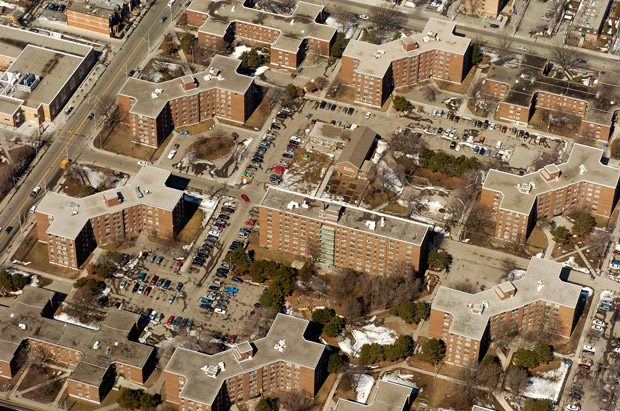TORONTO – The number of Ontarians on social housing waiting lists continues to grow.

A report released Monday by the Ontario Non-Profit Housing Association (ONPHA) shows a high of 156,358 households on waiting lists for affordable housing at the end of 2011.
The number of Ontario households on a waiting list had increased every year for the past five years.
This number increased 2.9 per cent in 2011, compared to a 9.4 per cent increase in 2009 and a 7.2 per cent increase in 2010.
Despite the slowing rate of increase, the ONPHA said the addition of 4,281 households in 2011 shows an ongoing need for affordable housing.
For every household that received affordable housing in 2011, three households added themselves to a waiting list and 2.5 households cancelled their applications for social housing.
The report states that while some applicants request to be removed from waiting lists because they no longer require assistance, others drop off due to discouragingly long wait times. The average wait times in 2011 ranged from one month to 10 years.
Of the over 156,000 households on waiting lists, 56,130 were families with children, 39,463 were seniors, and 58,995 were single people and couples under 65 years old.
Singles and childless couples under the age of 65 experience the longest wait times for housing.
The problem, said Kerur, also stems from a shortage in available affordable housing.
“The whole issue of being able to address waiting lists now falls at the feet of municipal governments,” said Kerur.
Over the past seven years, federal and provincial investments have led to the creation of new housing units in Ontario, which has taken the pressure off of waiting lists.
In November 2011, the provincial and federal governments announced the Investment in Affordable Housing for Ontario program, a joint agreement that provides $480.6 million in new funding over four years.
The agreement is meant to improve access to affordable housing that is suitable and sustainable. It will also build and repair 7,000 affordable housing units across the province.
However, the short-term commitment made by the feds runs out after 2014, said May Nazar, senior media relations coordinator for the provincial government. “The future of housing depends on sustained funding,” said Nazar.
“Ontario needs a long-term funding commitment from the federal government that is fair to Ontarians and will help meet the needs of families,” said Nazar.
And municipalities are struggling to meet housing demands on their own, said Kerur.
Improvement “will be very slow until we see the feds and province come back into the game,” said Kerur.
The report concludes that behind the statistics is a quiet crisis: low income Ontarians are struggling to find affordable housing.
“Everyone is in austerity mode,” said Kerur, and since the beginning of the economic crisis affordable housing has not received the attention and funding needed to provide homes for low income households.
However, said Kerur, “once you start dealing with the housing issue, you are also helping people become more self-sufficient. They become taxpayers, which helps the economy.”




Comments